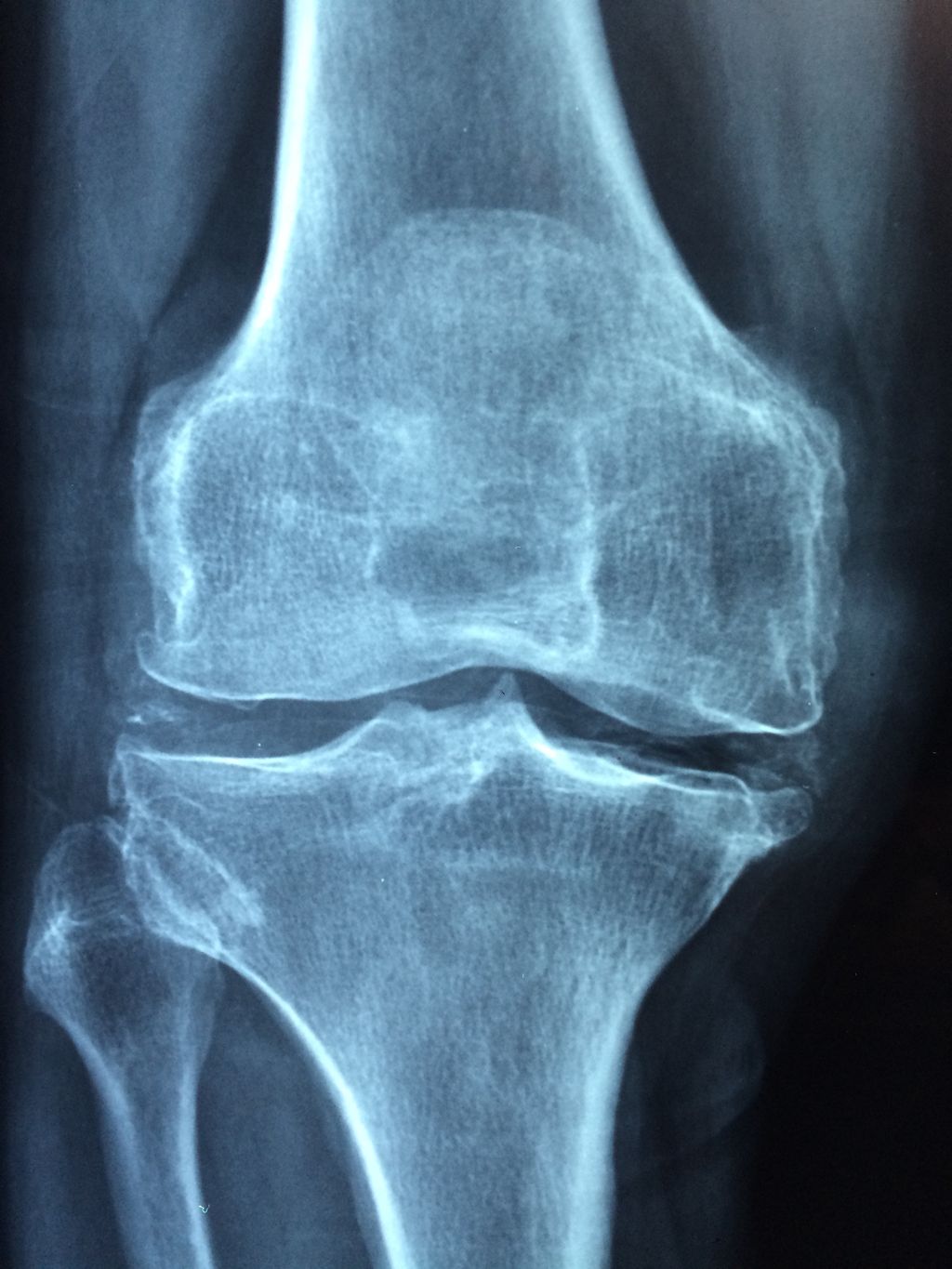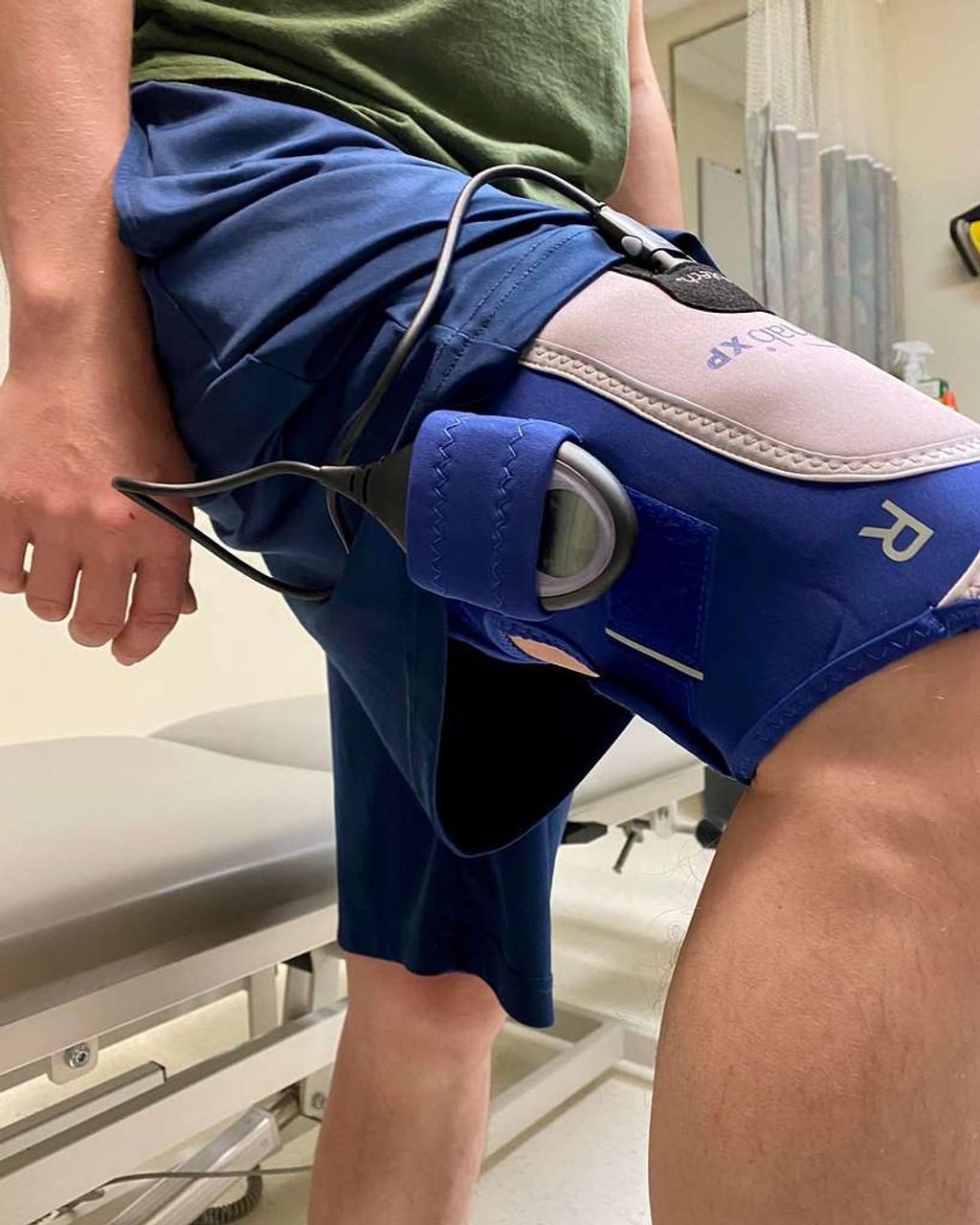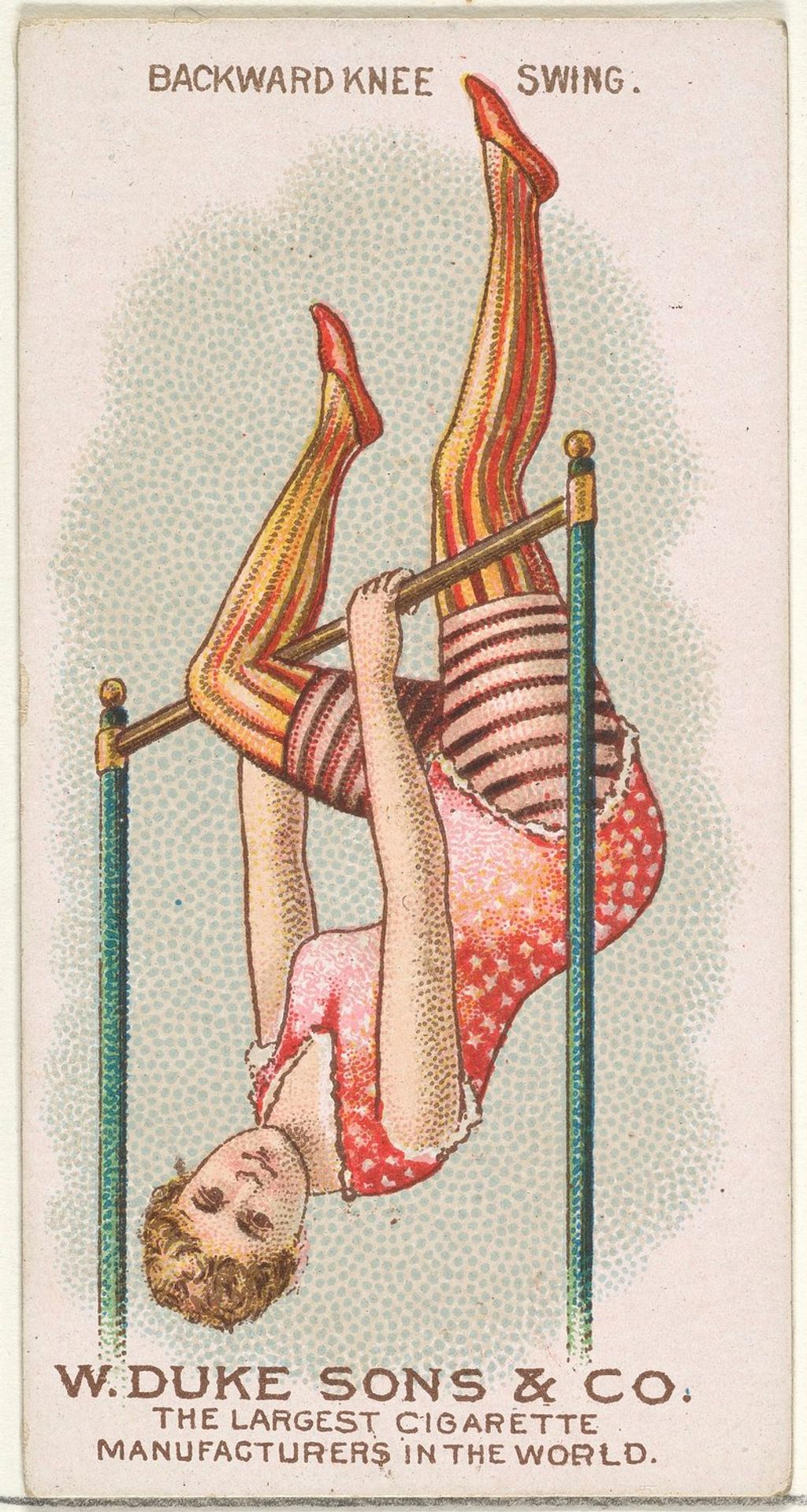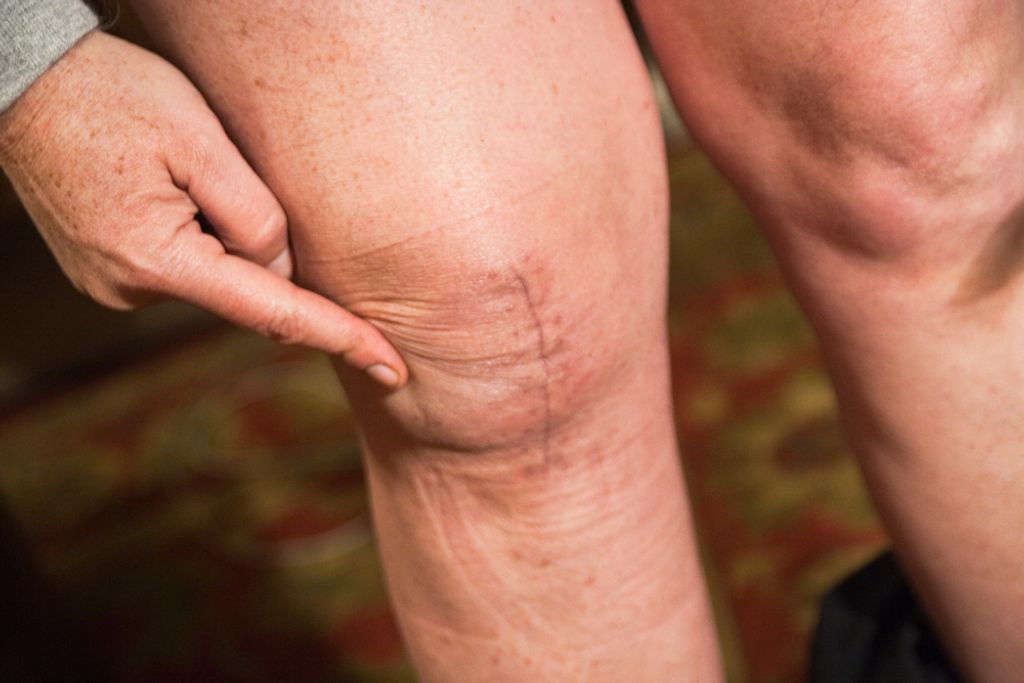Chronic knee pain from arthritis can significantly impact daily life and mobility. Understanding the different types of arthritis affecting the knee, the causes of knee pain in arthritis, and the common symptoms is essential for effective management. Diagnosing chronic knee pain involves a thorough medical history and physical examination, as well as diagnostic tests to confirm arthritis in the knee and rule out other conditions. Once diagnosed, there are various non-surgical treatment options, medications, physical therapy and exercise, and assistive devices that can help manage knee pain. In some cases, surgical interventions such as arthroscopy, partial knee replacement, or total knee replacement may be necessary. Additionally, making lifestyle modifications including weight management, dietary changes to reduce inflammation, and exploring alternative therapies can provide relief from knee pain. Here are the key takeaways from managing chronic knee pain from arthritis:
Key Takeaways
- Understanding the type of arthritis affecting the knee is crucial for effective management.
- Diagnosing chronic knee pain involves a thorough medical history, physical examination, and diagnostic tests.
- Non-surgical treatment options for knee pain include medications, physical therapy, and assistive devices.
- Surgical interventions such as arthroscopy or knee replacement may be necessary in some cases.
- Lifestyle modifications, including weight management and dietary changes, can help alleviate knee pain.
Understanding Arthritis and Knee Pain
Types of Arthritis Affecting the Knee
Arthritis is a broad term that encompasses several types of joint inflammation. When it comes to the knee, the most common types of arthritis are osteoarthritis, rheumatoid arthritis, and post-traumatic arthritis.
- Osteoarthritis: This is the most prevalent form of arthritis affecting the knee. It occurs when the protective cartilage that cushions the ends of the bones wears down over time, leading to pain, stiffness, and swelling.
- Rheumatoid Arthritis: Unlike osteoarthritis, rheumatoid arthritis is an autoimmune disease that causes the immune system to mistakenly attack the joints, including the knee. It can result in chronic inflammation, joint deformity, and loss of function.
- Post-Traumatic Arthritis: This type of arthritis develops following a knee injury, such as a fracture or ligament tear. The trauma to the knee can lead to cartilage damage and subsequent arthritis.
Understanding the specific type of arthritis affecting your knee is crucial for developing an effective management plan.
Causes of Knee Pain in Arthritis
The causes of knee pain in arthritis can vary depending on the type of arthritis. Osteoarthritis, the most common form of arthritis, occurs when the protective cartilage in the knee joint wears down over time. This can be caused by aging, repetitive stress on the knee joint, or previous knee injuries. Rheumatoid arthritis, on the other hand, is an autoimmune disease that causes inflammation in the joints, including the knees. Other types of arthritis, such as gout or psoriatic arthritis, can also contribute to knee pain.
In addition to the specific type of arthritis, there are several factors that can increase the risk of developing knee pain. These include obesity, which puts extra stress on the knee joints, and repetitive activities that involve bending or kneeling. Genetics may also play a role in the development of arthritis and knee pain.
It is important to note that while these factors can contribute to knee pain in arthritis, the exact cause of knee pain can vary from person to person. It is recommended to consult with a healthcare professional for an accurate diagnosis and personalized treatment plan.
Symptoms of Knee Pain from Arthritis
Chronic knee pain caused by arthritis can manifest in various ways. Pain is the most common symptom, which can range from mild to severe and may be accompanied by stiffness and swelling. The pain is often worse after periods of inactivity or excessive use of the knee joint. Limited range of motion is another common symptom, making it difficult to fully extend or flex the knee. Some individuals may also experience crepitus, a grinding or popping sensation when moving the knee. Additionally, arthritis in the knee can lead to instability and a feeling of the knee giving way.
To better understand the symptoms, here is a table summarizing the common manifestations of knee pain from arthritis:
| Symptom | Description |
|---|---|
| Pain | Ranging from mild to severe |
| Stiffness | Difficulty in moving the knee joint |
| Swelling | Accumulation of fluid in the knee |
| Limited range of motion | Inability to fully extend or flex the knee |
| Crepitus | Grinding or popping sensation |
| Instability | Feeling of the knee giving way |
It is important to note that the severity and combination of symptoms can vary among individuals. If you are experiencing any of these symptoms, it is recommended to consult with a healthcare professional for an accurate diagnosis and appropriate treatment.
Diagnosing Chronic Knee Pain
Medical History and Physical Examination
During the medical history and physical examination, the healthcare provider will gather information about the patient’s symptoms, medical history, and any previous injuries or surgeries related to the knee. This information helps in diagnosing the underlying cause of the chronic knee pain.
In addition to asking about the patient’s symptoms, the healthcare provider may perform a physical examination of the knee. This may involve assessing the range of motion, checking for swelling or tenderness, and evaluating the stability of the knee joint.
To further evaluate the knee, the healthcare provider may order diagnostic tests such as X-rays, MRI scans, or blood tests. These tests can provide more detailed information about the condition of the knee joint and help in determining the most appropriate treatment plan.
It is important for patients to provide accurate and detailed information during the medical history and physical examination to ensure an accurate diagnosis and effective management of chronic knee pain.
Diagnostic Tests for Arthritis in the Knee
When diagnosing chronic knee pain caused by arthritis, healthcare professionals may use a combination of imaging tests and laboratory tests. These tests help determine the type and severity of arthritis affecting the knee. Some commonly used diagnostic tests include:
- X-rays: X-rays provide detailed images of the bones in the knee joint, allowing healthcare professionals to assess for signs of joint damage, such as bone spurs or narrowing of the joint space.
- Magnetic Resonance Imaging (MRI): MRI scans use powerful magnets and radio waves to create detailed images of the knee joint, including the soft tissues like cartilage and ligaments. This test can help identify inflammation, tears, or other abnormalities.
- Blood tests: Blood tests can help detect certain markers of inflammation, such as C-reactive protein (CRP) and erythrocyte sedimentation rate (ESR). These tests may be used to support a diagnosis of arthritis and monitor disease activity.
It is important to note that diagnostic tests alone may not provide a definitive diagnosis of arthritis. They are often used in conjunction with a thorough medical history and physical examination to determine the cause of knee pain.
Differential Diagnosis of Knee Pain
When diagnosing the cause of knee pain, healthcare professionals consider various factors to determine the underlying condition. Some common conditions that can cause knee pain include osteoarthritis, rheumatoid arthritis, gout, bursitis, tendonitis, and ligament injuries.
To differentiate between these conditions, a combination of medical history, physical examination, and diagnostic tests is used. These tests may include X-rays, MRI scans, ultrasound, and blood tests.
It is important to note that knee pain can also be referred pain from other areas of the body, such as the hip or lower back. Therefore, a thorough examination is necessary to accurately diagnose the cause of knee pain.
In some cases, a differential diagnosis may be required to rule out other potential causes of knee pain. This involves considering other conditions that may present with similar symptoms and ruling them out through further testing or evaluation.
If you are experiencing chronic knee pain, it is recommended to consult with a healthcare professional for an accurate diagnosis and appropriate treatment plan.
Managing Chronic Knee Pain
Non-Surgical Treatment Options
Non-surgical treatment options are often the first line of defense for managing chronic knee pain from arthritis. These treatments aim to reduce pain, improve function, and slow down the progression of the disease. Physical therapy plays a crucial role in the non-surgical management of knee pain. It involves exercises and techniques that help strengthen the muscles around the knee, improve flexibility, and enhance overall joint stability. Stretching exercises can also help relieve stiffness and improve range of motion.
In addition to physical therapy, assistive devices can provide support and alleviate pressure on the knee joint. Examples of assistive devices include knee braces and orthotics. These devices help reduce pain and improve mobility by providing stability and redistributing weight. It is important to consult with a healthcare professional to determine the most suitable assistive device for individual needs.
A lifestyle modification that can significantly impact knee pain is weight management. Excess weight puts additional stress on the knee joint, exacerbating pain and inflammation. Maintaining a healthy weight through a balanced diet and regular exercise can help reduce the burden on the knee joint and improve overall joint health.
It is important to note that while non-surgical treatment options can provide relief and improve quality of life, they may not completely eliminate knee pain. It is advisable to consult with a healthcare professional to develop a personalized treatment plan that addresses individual needs and goals.
Medications for Knee Pain Relief
When it comes to managing chronic knee pain, medications can play a crucial role in providing relief. Nonsteroidal anti-inflammatory drugs (NSAIDs) are commonly prescribed to reduce pain and inflammation associated with arthritis. These medications work by blocking the production of certain chemicals in the body that cause pain and swelling. Some examples of NSAIDs include ibuprofen, naproxen, and celecoxib.
In addition to NSAIDs, corticosteroids may be prescribed to alleviate knee pain. These medications are powerful anti-inflammatory drugs that can be injected directly into the knee joint to reduce inflammation and relieve pain. Corticosteroid injections are often used for short-term pain relief.
Another option for knee pain relief is hyaluronic acid injections. Hyaluronic acid is a substance that occurs naturally in the body and helps lubricate and cushion the joints. Injections of hyaluronic acid can provide temporary relief by supplementing the natural lubrication in the knee joint.
It’s important to note that medication alone may not be sufficient for managing chronic knee pain. It is often recommended to combine medication with other treatment approaches, such as physical therapy and lifestyle modifications.
Physical Therapy and Exercise
Physical therapy and exercise play a crucial role in managing chronic knee pain from arthritis. Physical therapy focuses on improving strength, flexibility, and range of motion in the knee joint. It includes exercises that target the muscles around the knee to provide support and stability. Regular exercise can help reduce pain, improve joint function, and enhance overall quality of life.
In addition to physical therapy, low-impact exercises such as swimming, cycling, and walking can be beneficial for individuals with knee pain. These activities help to maintain cardiovascular fitness without putting excessive stress on the knee joint.
A combination of strengthening exercises and stretching exercises is often recommended for individuals with knee pain. Strengthening exercises help to build muscle around the knee, providing better support and stability. Stretching exercises help to improve flexibility and reduce stiffness in the joint.
It is important to consult with a healthcare professional or physical therapist to develop an exercise program that is tailored to individual needs and abilities.
- Regular physical therapy and exercise can help manage chronic knee pain from arthritis.
- Low-impact exercises such as swimming, cycling, and walking are beneficial for individuals with knee pain.
- Strengthening and stretching exercises are recommended to improve muscle strength and flexibility in the knee joint.
- Consult with a healthcare professional or physical therapist to develop an individualized exercise program.
Assistive Devices for Knee Pain Management
Assistive devices can be helpful in managing knee pain caused by arthritis. These devices are designed to provide support, stability, and relief to the knee joint. Knee braces are commonly used to reduce pain and improve stability. They can help alleviate pressure on the knee joint and provide added support during physical activities.
Another type of assistive device is a cane. Using a cane can help redistribute weight away from the affected knee, reducing strain and pain. It can also provide stability while walking, especially on uneven surfaces.
Orthotic shoe inserts are another option for managing knee pain. These inserts can help correct foot alignment and reduce stress on the knee joint. They provide cushioning and support, improving overall comfort and reducing pain.
In addition to these devices, using a walker or crutches can be beneficial for individuals with severe knee pain. These devices provide additional support and stability, allowing for better mobility and reducing the risk of falls.
Remember to consult with a healthcare professional to determine the most appropriate assistive device for your specific needs.
Surgical Interventions for Knee Pain
Arthroscopy for Knee Pain
Arthroscopy is a minimally invasive surgical procedure that can be used to diagnose and treat knee pain caused by arthritis. During arthroscopy, a small camera called an arthroscope is inserted into the knee joint through a small incision. This allows the doctor to visualize the inside of the knee and identify any abnormalities or damage.
Benefits of Arthroscopy:
- Minimally invasive: Arthroscopy is less invasive than traditional open surgery, resulting in smaller incisions, less pain, and faster recovery.
- Diagnostic tool: Arthroscopy allows for a more accurate diagnosis of the underlying cause of knee pain, which can help guide treatment decisions.
- Therapeutic intervention: Arthroscopy can also be used to treat certain knee conditions, such as removing loose cartilage or repairing damaged ligaments.
It is important to note that not all cases of knee pain from arthritis can be treated with arthroscopy. The suitability of this procedure depends on various factors, including the severity and location of the arthritis.
Partial Knee Replacement
Partial knee replacement, also known as unicompartmental knee replacement, is a surgical intervention for managing chronic knee pain caused by arthritis. It is a less invasive procedure compared to total knee replacement and is suitable for patients with arthritis that is limited to one compartment of the knee. During the surgery, the damaged portion of the knee joint is replaced with an artificial implant, which helps to restore function and reduce pain.
- The benefits of partial knee replacement include smaller incisions, shorter recovery time, and less post-operative pain compared to total knee replacement.
- However, it is important to note that not all patients are suitable candidates for partial knee replacement. The decision to undergo this procedure is based on various factors, including the extent of arthritis, the stability of the knee joint, and the patient’s overall health.
Tip: It is crucial to follow the post-operative rehabilitation program recommended by the surgeon to optimize the outcomes of partial knee replacement.
Total Knee Replacement
Total knee replacement is a surgical intervention that is considered when other non-surgical treatments have failed to provide relief for chronic knee pain caused by arthritis. During the procedure, the damaged knee joint is replaced with an artificial joint made of metal and plastic components. The goal of total knee replacement is to reduce pain, improve mobility, and enhance the overall quality of life for individuals with severe knee arthritis.
It is important to note that total knee replacement is a major surgery and requires a thorough evaluation by a healthcare professional to determine if it is the most appropriate treatment option. The decision to undergo total knee replacement should be based on a combination of factors, including the severity of the arthritis, the individual’s overall health, and their ability to participate in post-operative rehabilitation.
Recovery from total knee replacement surgery can take several weeks to months, and it typically involves a comprehensive rehabilitation program that includes physical therapy and exercises to regain strength and mobility in the knee joint.
If you are considering total knee replacement, it is essential to have a detailed discussion with your healthcare provider to fully understand the potential benefits, risks, and expected outcomes of the procedure.
Lifestyle Modifications for Knee Pain Relief
Weight Management for Knee Pain
Maintaining a healthy weight is crucial for managing chronic knee pain caused by arthritis. Excess weight puts additional stress on the knee joints, leading to increased pain and inflammation. Losing even a small amount of weight can significantly reduce knee pain and improve mobility. Here are some strategies to help with weight management:
- Balanced diet: Focus on consuming a variety of nutrient-rich foods, including fruits, vegetables, whole grains, lean proteins, and healthy fats. Limit the intake of processed foods, sugary beverages, and foods high in saturated fats.
- Portion control: Be mindful of portion sizes and avoid overeating. Use smaller plates and bowls to help control portion sizes.
- Regular physical activity: Engage in low-impact exercises like walking, swimming, or cycling to burn calories and strengthen the muscles around the knee joint.
Tip: Consult with a healthcare professional or a registered dietitian for personalized guidance on weight management and dietary changes for arthritis-related knee pain.
Dietary Changes to Reduce Inflammation
Making certain dietary changes can help reduce inflammation in the knee and alleviate pain. Foods rich in omega-3 fatty acids, such as salmon, walnuts, and flaxseeds, have been shown to have anti-inflammatory properties. Including these foods in your diet can help reduce knee pain caused by arthritis. Additionally, consuming a variety of colorful fruits and vegetables can provide essential antioxidants that help combat inflammation. Incorporating turmeric into your meals or taking it as a supplement may also help reduce inflammation. It is important to limit the consumption of processed foods, as they often contain high levels of trans fats and refined sugars, which can contribute to inflammation. Drinking plenty of water is also important for maintaining joint health and reducing inflammation. Staying hydrated helps keep the joints lubricated and can help alleviate knee pain.
Alternative Therapies for Knee Pain Relief
Alternative therapies can be beneficial in managing chronic knee pain from arthritis. While these therapies may not provide a cure, they can help reduce pain and improve overall quality of life. Some alternative therapies that have shown promise in relieving knee pain include:
- Acupuncture: This ancient Chinese practice involves inserting thin needles into specific points on the body to stimulate healing and reduce pain. Studies have shown that acupuncture can provide pain relief for people with knee osteoarthritis.
- Massage therapy: Massage can help relax muscles, improve circulation, and reduce pain. It can be particularly beneficial for people with knee pain caused by muscle tension or tightness.
- Herbal supplements: Certain herbal supplements, such as turmeric and ginger, have anti-inflammatory properties and may help reduce knee pain. However, it’s important to consult with a healthcare professional before taking any supplements.
- Mind-body techniques: Practices like yoga, tai chi, and meditation can help reduce stress, improve flexibility, and promote overall well-being. These techniques can be useful for managing knee pain and improving joint function.
It’s important to note that alternative therapies should be used in conjunction with conventional medical treatments and under the guidance of a healthcare professional. While they can provide relief for some individuals, they may not be effective for everyone. It’s always best to discuss alternative therapies with your healthcare provider to determine if they are appropriate for your specific condition.
Conclusion
In conclusion, managing chronic knee pain from arthritis requires a comprehensive approach that includes exercise, medication, lifestyle modifications, and support from healthcare professionals. By following a personalized treatment plan and making necessary adjustments, individuals can find relief and improve their quality of life. It is important to remember that each person’s experience with chronic knee pain may be unique, so it is essential to consult with a healthcare professional for personalized advice and guidance.
Frequently Asked Questions
What is arthritis?
Arthritis is a condition that causes inflammation and pain in the joints.
What are the types of arthritis that can affect the knee?
The types of arthritis that can affect the knee include osteoarthritis, rheumatoid arthritis, and post-traumatic arthritis.
What are the common causes of knee pain in arthritis?
The common causes of knee pain in arthritis include cartilage damage, inflammation, and joint instability.
What are the symptoms of knee pain from arthritis?
The symptoms of knee pain from arthritis include pain, swelling, stiffness, and difficulty in walking or bending the knee.
How is chronic knee pain diagnosed?
Chronic knee pain is diagnosed through a medical history review, physical examination, and diagnostic tests such as X-rays, MRI, and blood tests.
What are the non-surgical treatment options for managing chronic knee pain?
Non-surgical treatment options for managing chronic knee pain include physical therapy, exercise, weight loss, medications, and the use of assistive devices.









